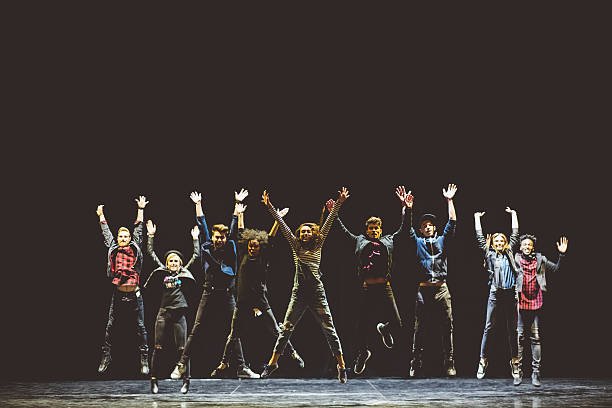Ideas on How a Teacher Can Enhance Creativity and Problem-solving Skills in Performing Arts Classes
Skip to content
Skip to footer
Ideas on How a Teacher Can Enhance Creativity and Problem-solving Skills in Performing Arts Classes
Ideas on How a Teacher Can Enhance Creativity and Problem-solving Skills in Performing Arts Classes

